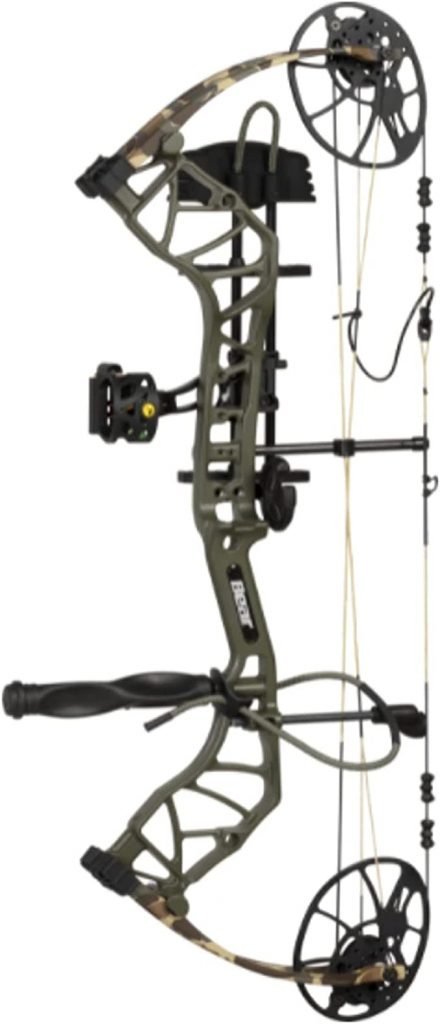If you’re new to bow hunting, you might be wondering: When is it too windy to go bow hunting? In this article, I’ll go over some of the things you should keep in mind when bow hunting during the wind. While windy conditions can make your bow hunting experience difficult, you should still try to get out there. The key is to be prepared, of course. Make sure you’re using a proper stand.
If you’re going to bow hunt in the wind
If you’re going to bow hunt in a windy area, check the wind direction before setting up your stand. The wind direction can affect where you set up your stand and the routes you take into and out of the woods. You certainly don’t want to blow off a deer right before your hunt begins. So, how do you keep your scents in your bow? Here are a few tips:
First of all, set up in a location where the wind is a steady, calming breeze. Winds that blow toward your location may carry your scent far away, so set up your stand where you’ll be able to face the wind. The higher the elevation, the easier the wind will be and the cleaner your shot will be. If you’re planning to bow hunt in a windy location, line up with your target perpendicular to the wind. After that, wait for a clean kill and return to your position.
If you’re going to practice bow hunting in the wind
If you’re going to practice bow hunting with a crossbow, you should be prepared for windy conditions. The wind can be difficult to deal with, and it will affect the way you shoot. If you’re not accustomed to bow hunting in the wind, you should practice in different speeds of wind to improve your accuracy and consistency. Even if the wind is only 20 or 30 mph, you can still shoot a deer using a crossbow.
To practice bow hunting in the wind, you should use a wind gauge. When practicing in a windy environment, shoot groups of arrows to get a feel for the wind’s direction. The distance between the center of the groups and your aim is an important part of this process. In addition, you should practice with the same arrows and broadheads you’ll be using on your hunt. In addition, it’s essential to practice with different wind angles and speeds in order to get a feel for how different types of wind affect your arrows.
If you’re going to avoid hunting on windy days
If you’re planning to hunt on a windy day, make sure to keep an eye on the wind. Sudden changes in wind direction can easily carry scents to inaccessible areas. If you’re unsure of where the wind will be coming from, you can download smartphone applications that provide hour-by-hour wind forecasts. However, you should not avoid hunting on windy days just because the weather is windy. Rather, learn to use the wind to your advantage.
Although hunting on a windy day may not be optimal for you, it might work for some hunters. Wind speed and direction are important factors to consider when strategizing your hunt. Although scientific data is contradictory, you should still take into consideration the wind patterns and wind speed when you’re strategizing your hunt. Wind patterns can make or break your hunting success, so it’s worth putting some thought into the timing of your hunt.
If you’re going to avoid hunting on windy nights
While it may be tempting to avoid hunting on windy nights, it’s actually a better idea to do so when the weather forecast is clear. Windy conditions can cause deer to move around, which can lead to missed opportunities. There are also exceptions, though. For example, if a landowner calls you about a problem with his livestock, you should still hunt coyotes, even if the weather is windy.
Even though hunting on windy nights may not seem appealing, it is often the most effective way to get a clean kill. The reason for this is simple: deer can smell your presence before you do, and this can make them hesitant to go on a hunt with you. The wind can also affect the way deer smell you, which is why it’s best to plan your route and your setup accordingly.



